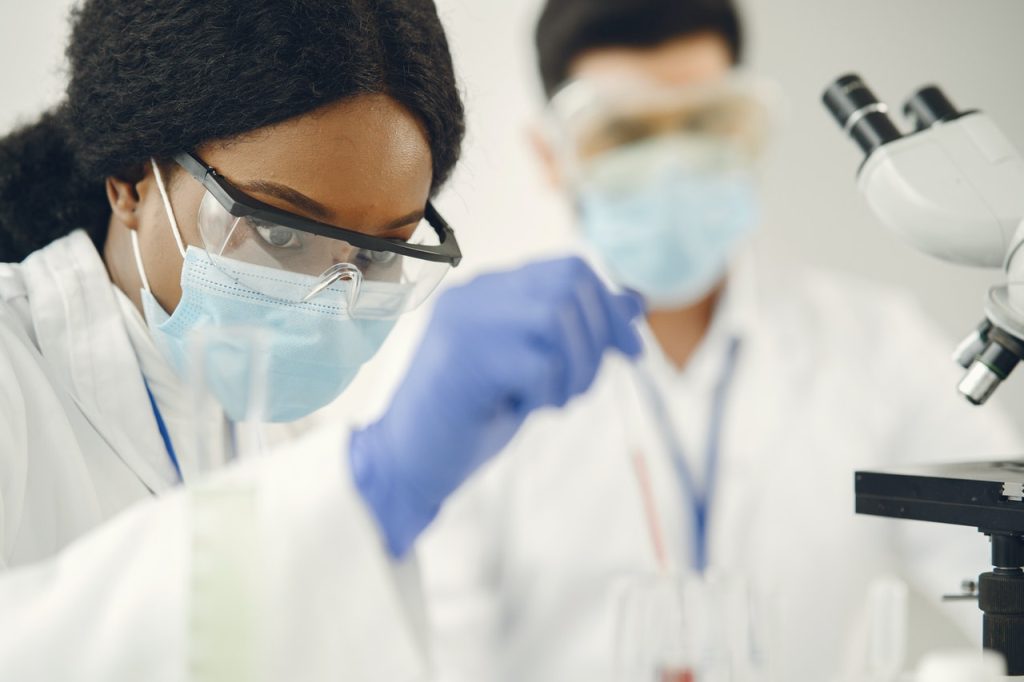
In a study published in Microbiology Spectrum, researchers detail how they have turned to attacking one of the critical proteins bacteria use to create an infection – adhesins, which confer the ability to adhere to cells. They also suggest that targeting adhesins with ‘anti-ligands’ could form a new class of antibiotics.
As their first decisive step in establishing a foothold in an organism, bacteria adhere to host cells. Infection pathogens use this adhesion to first colonise the host organism, and then to trigger an infection, which as a worst case scenario can end being fatal. Precise understanding of the bacteria’s adhesion to host cells is a key to finding therapeutic alternatives that block this critical interaction in the earliest possible stage of an infection.
The international collaborative effort has now explained the exact bacterial adhesion mechanism using the human-pathogenic bacterium Bartonella henselae. This pathogen causes ‘cat-scratch disease‘, which affects the lymph nodes draining the area where a cat scratch or bite occurs, causing regional lymphadenopathy. The bacterial adhesion mechanism was deciphered with the help of a combination of in-vitro adhesion tests and high-throughput proteomics. Proteomics is the study of all the proteins present in a cell or a complex organism.
The research group, led by University Hospital Frankfurt and Goethe University Frankfurt, shed light on a key mechanism: the bacterial adhesion to the host cells can be traced back to the interaction of a certain class of adhesins, trimeric autotransporter adhesins, with fibronectin, a common protein in human tissue. Adhesins are components on the surface of bacteria which enable the pathogen to adhere to the host’s biological structures. Homologues of the adhesin identified here as critical are also present in many other human-pathogenic bacteria, such as the multi-resistant Acinetobacter baumannii, which the World Health Organization (WHO) has classified as the top priority for research into new antibiotics.
The researchers visualised the exact points of interaction between the proteins using cutting-edge protein analytics. They also demonstrated that experimental blocking of these processes almost entirely prevents bacterial adhesion. Therapeutic approaches that aim to prevent bacterial adhesion in this way could represent a promising treatment alternative as a new class of antibiotics (known as ‘anti-ligands’) to treat the constantly growing array of multi-resistant bacteria.
Source: Goethe University Frankfurt

